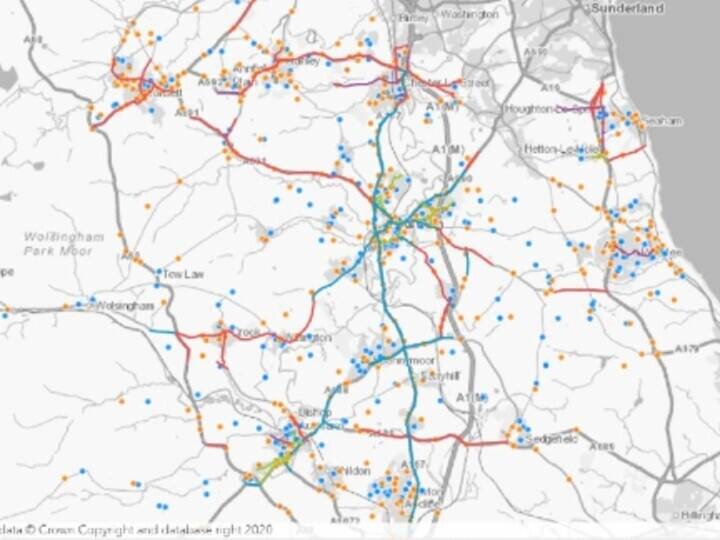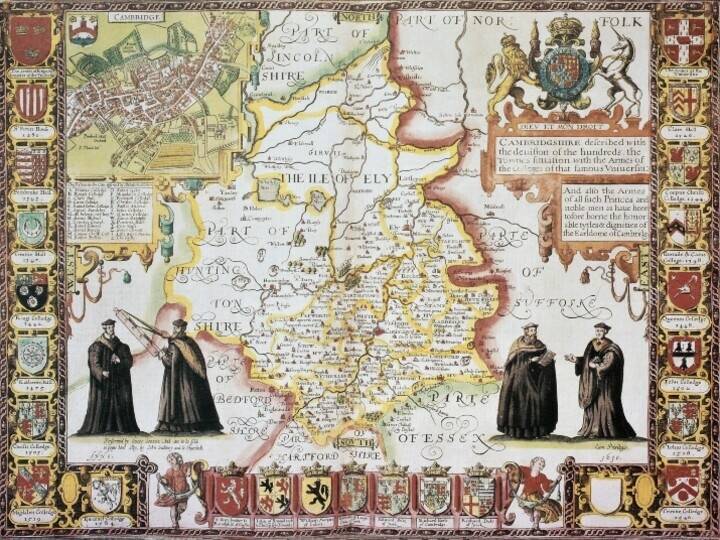NLPG Exemplar Award Winner – Most creative use 2008: Dartford Borough Council.
In 2007 the Government introduced a bill to combat global warming and climate change by tackling rising carbon dioxide emissions. The Climate Change Act, which became law in November 2008, commits the UK to cutting emissions by at least 80% by 2050 and at least 26% by 2020.
Local authorities have an important role to play in achieving these targets by promoting energy efficiency. Dartford Borough Council in partnership with Creative Environmental Networks (CEN), British Gas, Powergen and National Energy Action has adopted a ‘Sustainable Homes Energy Strategy’ that aims to conserve energy and reduce emissions by improving current housing stock, promoting energy efficiency and targeting grants to disadvantaged groups.
As part of this strategy it was necessary to collate information from various departments and external groups. Using its property database, the NLPG, as the spine Dartford Borough Council was able to create a rich picture of home energy use for each residential property. This highly complex data collection exercise combined information from Building Control, Development Control, Estates, Housing, British Gas, Council Tax and survey work from over 14,000 local residents.
Using the NLPG as the single source of property data with classification codes added to identify different property types means that Dartford has been able to create an up to date register complete with an estimated SAP energy rating (Standard Assessment Procedure - the method used throughout the UK to assess a building’s energy properties) for each property within Dartford. This has been especially useful as all organisations have been able to use the same referencing system, when contributing data.
The coordinate information contained within the NLPG has allowed the data to be mapped to create aggregate areas using spatial analysis techniques. This also allowed the Council to estimate the SAP rating of properties where there with missing or incomplete information.
Outcomes
Detailed reports from this database can be produced to highlight individual properties with a low SAP rating and detail what improvements could be made. The data is also used to target mail shots, for example, sending home energy forms to properties which had not already been contacted. The information can also be used to provide evidence to policy makers.
Map outputs from the system have helped to promote energy efficiency, with the collated information being used to show Councillors for example, individual properties within their own wards with poor energy efficiency. These maps were also used to show variations across the Borough and were combined with demographic information, such as the census, to further target fuel poverty.
The information is constantly maintained, with new properties added through the Street Naming and Numbering process. The use of the UPRN as the ‘key’ to each property facilitates the adding of information from external partners. It also means that information supplied from other systems, such as Building Control, can be updated when necessary. With the NLPG and the UPRN being used by more and more council systems to identify properties within the Borough other tasks have become possible, such as using the Council Tax and Benefits system to target improvements to individuals who are in fuel poverty.
For many citizens this has already resulted in improved awareness of grants available, lower energy bills, and in some cases real improvements in quality of life. Dartford Borough Council has already improved its overall energy efficiency and now has the framework in place to facilitate further progress in this area.
Key benefits
- Raised awareness of energy efficiency and its impact on climate change.
- Provides an overview of individual property energy efficiency within the borough.
- Enables targeting of individual properties and citizens.
- Informs policy making.
- Enables collaboration and information sharing between council departments and external partners.
- The NLPG provides the single linking mechanism for the ‘Sustainable Homes Energy Strategy’.



